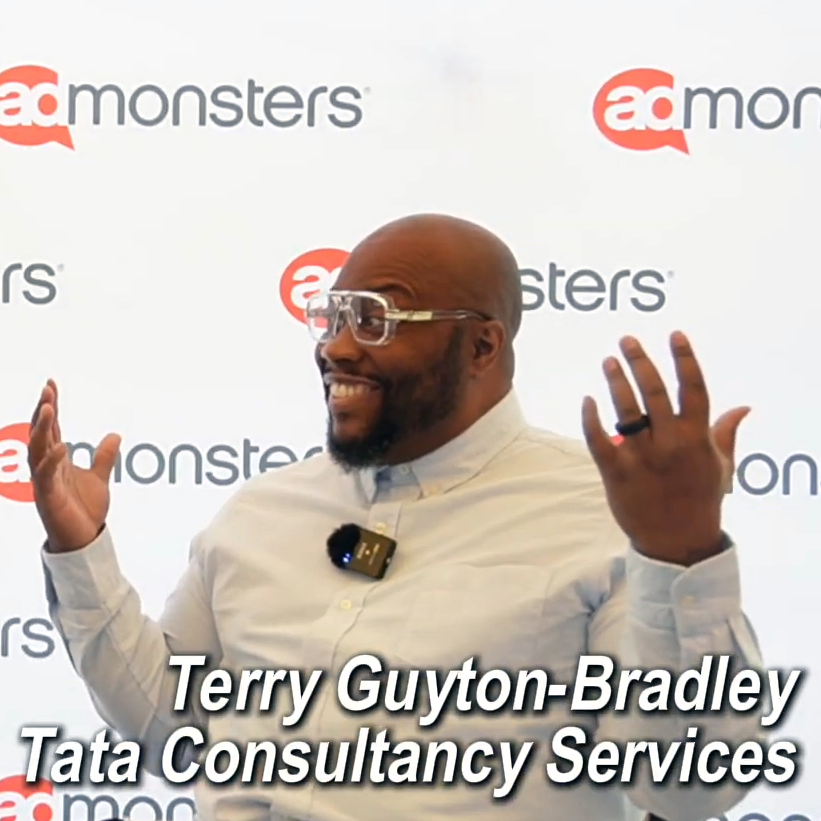A new entertainment marketing option is emerging where the promotion is the entertainment — and the brand is the star. Call these “plot-line promotions.”
Among the best examples is recent work for M&Ms. Parent Masterbrands developed TV spots that parodied the final, black & white scene from The Wizard of Oz. Dorothy wakes up in her room, surrounded by Aunt Em and the rest of the farm’s crew, returned from Oz to her Kansas home. In the parody, the cast is replaced by the familiar M&M characters, and they too are in black & white. Dorothy tells them that she was just in a land where they were all in color. Many “There, there, Dorothy” comments from the concerned M&Ms follow. The spot is tagged: “Help us find our colors.” Sure enough, the M&M product at retail had been replaced with black & white packages filled with all black & white M&Ms.
It was the beginning of a remarkable integrated promotional campaign. The compelling part of this program was the seamlessness of the “story line” through all elements of the marketing mix, right through the product itself. Simply by picking up a package at retail, the consumer became part of the plot.
Much the same thing has been going on with Apple Jacks — you know, the cereal that neither tastes like apples nor features anything resembling jacks. And that is precisely the anti-equity the brand leveraged in several plot-line promotions. In an initial spot, kids are told the “good news” that Apple Jacks is finally going to taste more like apples. Aghast, the kids in the commercial begin a petition to stop Kelloggs from making such a mistake. Young consumers, of course, could join the drive and become part of the action.
Cut to several months later. A new promotional ad spot shows the same kids descending upon Apple Jacks headquarters, petition in hand, to stop the madness. They burst in upon an executive just as he presses a command on his computer, sending off the first shipment of “improved” apple-tasting cereal. “Too late,” he tells the kids as the camera shows the departing truck. This prompts a second promotion in the series: Find one of the errant cereal boxes to win a cash reward. The same basic promotion was repeated a year later, this time by threatening to change the cereal’s shape to more closely resemble, you guessed it, jacks.
Both of these efforts play off very strong and accepted brand qualities: color (M&Ms) and taste (Apple Jacks). They also use story lines that have a beginning, middle and end. Then they bring that story to life through every possible communications vehicle. And, they give fun, brand-based reasons for consumers to get directly involved. Sure, it is easy to look at these campaigns and say, “I’d have fun with a plot-line promotion, too, if I had such frivolous brands as these.” But even less, well, sugary categories, could generate high consumer involvement.
Yet it is also true that plot-line promotions are not for everyone. A fair amount of media is needed. It doesn’t have to be a heavy TV buy. Radio and print would do. But there must be some recurring means to establish the plot’s premise for consumers.
Established equity helps, plus a a willingness to state that equity in accepted consumer terms, then, have fun with it. In all of these cases, it’s as if the brand and its consumers were sharing an inside joke.
So, as one of the M&Ms might say in a follow-up commercial: “What have we learned, Dorothy?” Giving consumers a way to participate is critical to making the campaign memorable and the merchandise move. While added value incentives, sweepstakes and the like are helpful, adding to the brand’s appeal through entertainment is the real value.
Larry Durst is chief concept officer of sales promotion agency Einson Freeman, Inc. (WPP Group plc), based in Upper Saddle River, NJ. He can be reached at (201) 760-8640.





